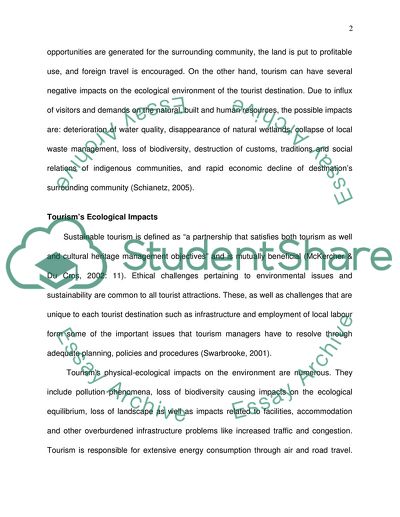Cite this document
(“Key Challenges Faced in the Management of Leisure and Tourism Impacts Research Paper”, n.d.)
Key Challenges Faced in the Management of Leisure and Tourism Impacts Research Paper. Retrieved from https://studentshare.org/tourism/1724018-report-on-the-key-challengers-that-manager-face-while-managing-leisure-and-tourism-impacts-on-the-environment
Key Challenges Faced in the Management of Leisure and Tourism Impacts Research Paper. Retrieved from https://studentshare.org/tourism/1724018-report-on-the-key-challengers-that-manager-face-while-managing-leisure-and-tourism-impacts-on-the-environment
(Key Challenges Faced in the Management of Leisure and Tourism Impacts Research Paper)
Key Challenges Faced in the Management of Leisure and Tourism Impacts Research Paper. https://studentshare.org/tourism/1724018-report-on-the-key-challengers-that-manager-face-while-managing-leisure-and-tourism-impacts-on-the-environment.
Key Challenges Faced in the Management of Leisure and Tourism Impacts Research Paper. https://studentshare.org/tourism/1724018-report-on-the-key-challengers-that-manager-face-while-managing-leisure-and-tourism-impacts-on-the-environment.
“Key Challenges Faced in the Management of Leisure and Tourism Impacts Research Paper”, n.d. https://studentshare.org/tourism/1724018-report-on-the-key-challengers-that-manager-face-while-managing-leisure-and-tourism-impacts-on-the-environment.


